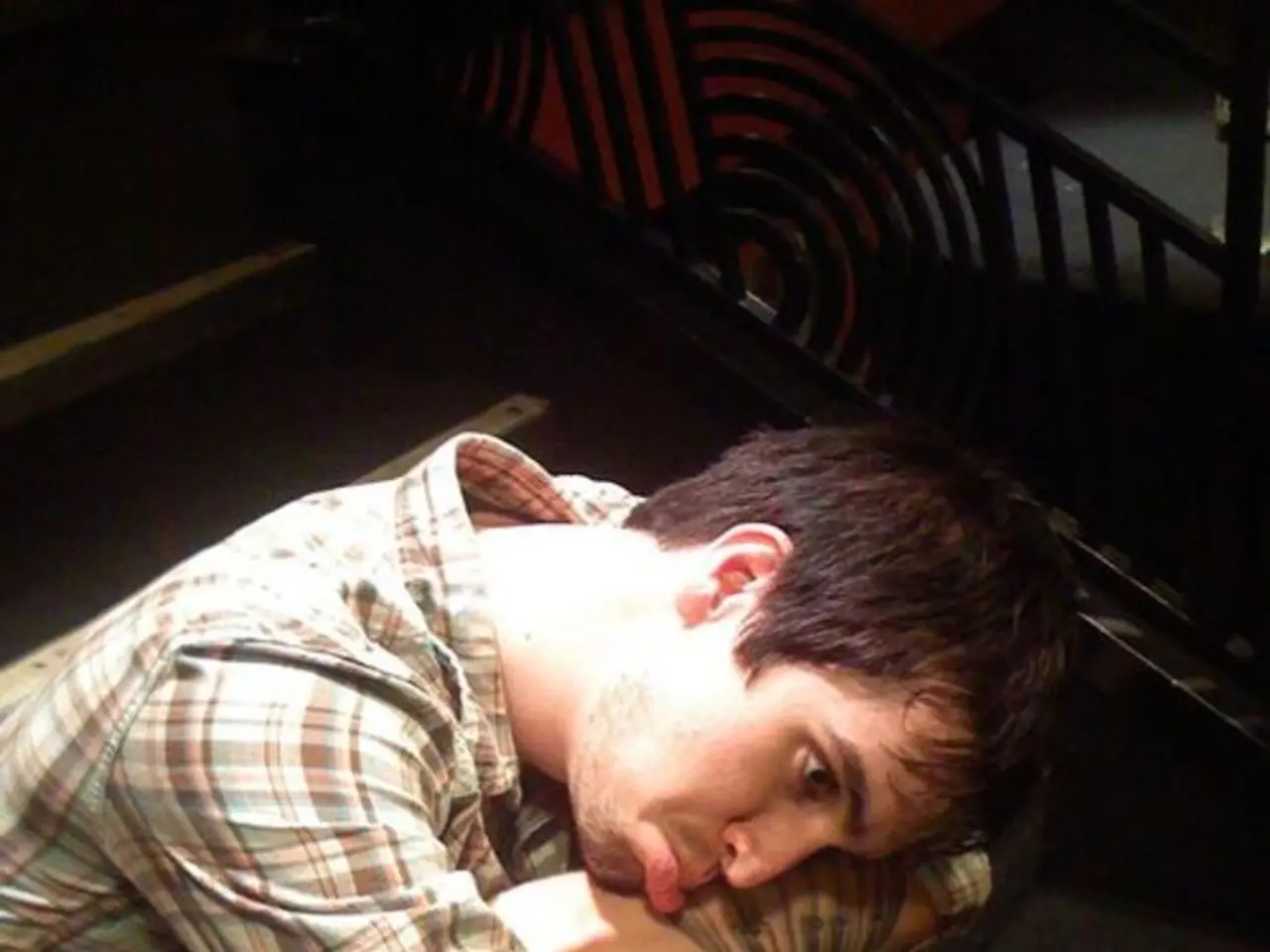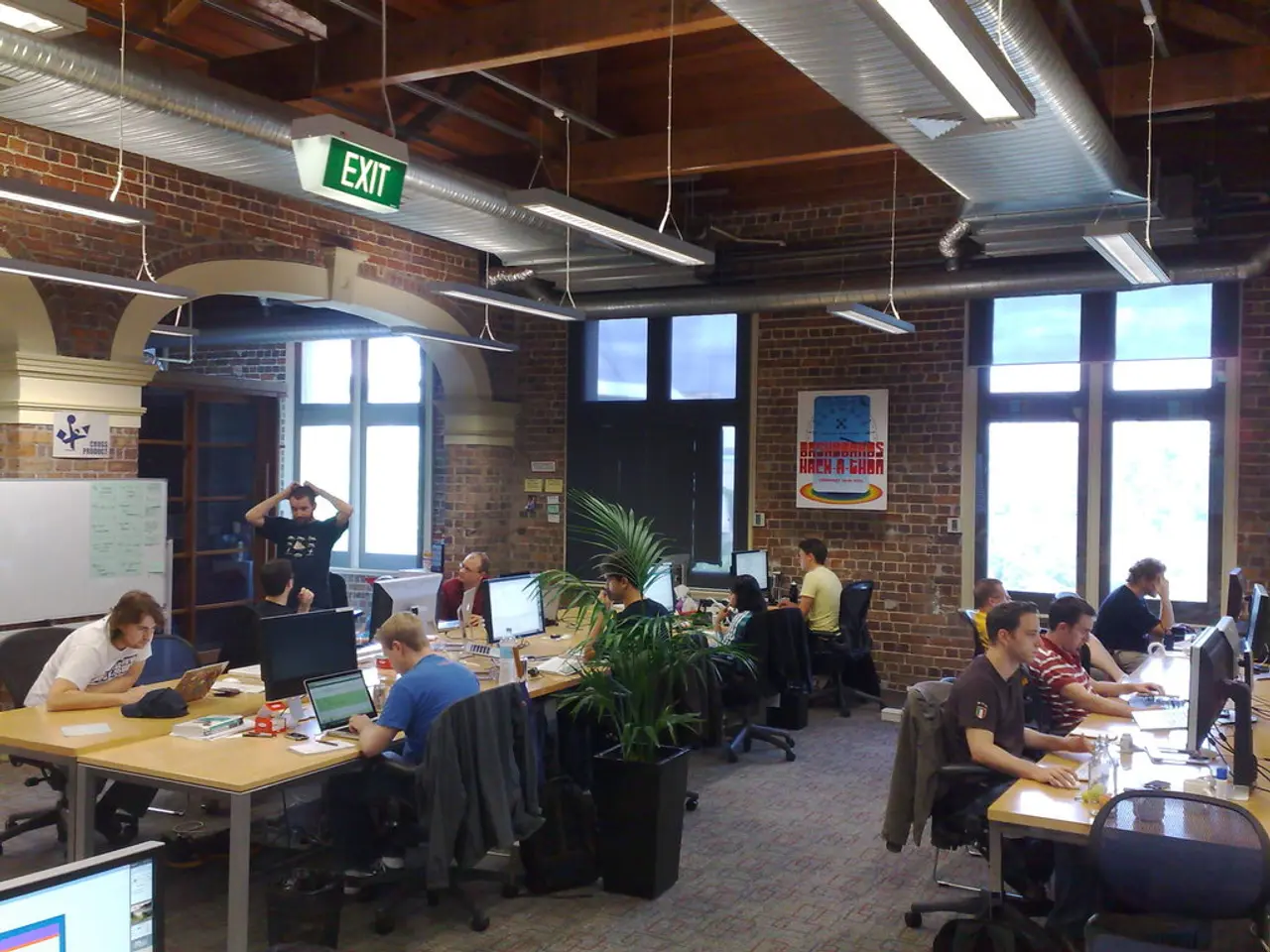Endless Scrolling Leaves Users Feeling Unfulfilled
In the digital age, social media has become an integral part of our daily lives. However, a growing body of research suggests that the design of these platforms can have profound effects on our mental and emotional well-being.
The constant loop of checking, refreshing, and scrolling without a clear goal is a common experience for many users. This behaviour, often referred to as the "scroll trap," is driven by several factors that exploit deep psychological mechanisms.
One such factor is the dopamine loops and variable rewards. Social media platforms trigger dopamine release through likes, shares, and notifications, creating addictive reward cycles similar to slot machines. This unpredictable nature encourages compulsive, often unconscious scrolling.
Another factor is the infinite scrolling and lack of natural stopping cues. The endless feed design removes natural breaks, making it easy to lose track of time and keep scrolling without satisfaction. This passive consumption rather than active engagement leads to mental exhaustion and feelings of emptiness.
Social comparison and emotional volatility also play a significant role. Seeing curated, filtered highlights of others’ lives fosters envy, inadequacy, fear of missing out (FOMO), and mood swings. This can increase anxiety, depression, and loneliness, especially among teens and young adults.
Cognitive overload and attention erosion are additional concerns. Constant switching between diverse content formats and topics fragments attention, impairs deep focus, and prevents mental rest, resulting in a sense of being overstimulated but unsatisfied.
Emotional numbness and escapism are also common outcomes. People often scroll to escape feelings of powerlessness, boredom, or loneliness. Yet this habitual digital motion can deepen isolation, mistaking activity for emotional progress, and numbing emotional responses.
Prolonged exposure to distressing or negative news feeds (doomscrolling) heightens anxiety, disrupts sleep, and reduces mental energy for social connections or physical activity, further draining emotional resilience.
In combination, these factors lead to a paradox where social media feels engaging but leaves users emotionally depleted, mentally distracted, and often disconnected despite constant digital interaction.
However, there are ways to navigate this landscape more mindfully. Setting a timer or a specific intention can help manage social media use. Mindful scrolling, a practice of awareness of when, why, and how one uses social media, can offer a way to rethink social media use after taking a break.
Changing the social media environment, such as turning off auto-play, removing apps from the home screen, or setting usage limits, can make scrolling less automatic. Seeking professional support, like sessions with a trainee psychologist, can provide valuable guidance for adolescents and young adults dealing with issues related to social media use and mental health.
Taking breaks from social media can lead to improved mental health, more time, and more focus. It's crucial to remember that while social media offers many benefits, it's essential to use it in a way that promotes well-being rather than detracts from it.
[1] Rixen, et al. (2023): Investigating infinite scrolling behaviour in social media applications and reasons to stop. [2] Eid (2022): Problematic, absent-minded social media scrolling can negatively impact mental health. [3] Baym, K. B., Wagman, & Persaud (2020): Researchers suggest that mindful scrolling can offer a way to rethink social media use after taking a break.
- The design of social media platforms can have significant impacts on mental health, as research suggests, with behavior like the "scroll trap" driven by factors like dopamine loops, infinite scrolling, and social comparison.
- Social media platforms trigger dopamine release through features like likes, shares, and notifications, creating addictive reward cycles similar to slot machines, which encourages compulsive and unconscious scrolling.
- Another factor is the endless feed design, which removes natural breaks, making it easy to lose track of time, lead to mental exhaustion, and feelings of emptiness through passive consumption rather than active engagement.
- Constant switching between diverse content formats and topics on social media leads to cognitive overload, impaired deep focus, and mistaking digital activity for emotional progress, resulting in emotional numbness and a sense of being overstimulated but unsatisfied.




